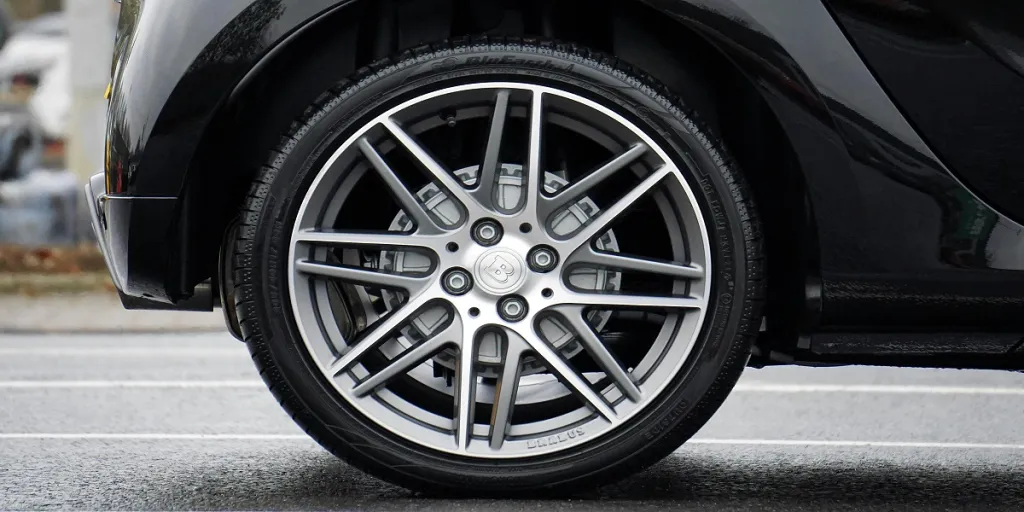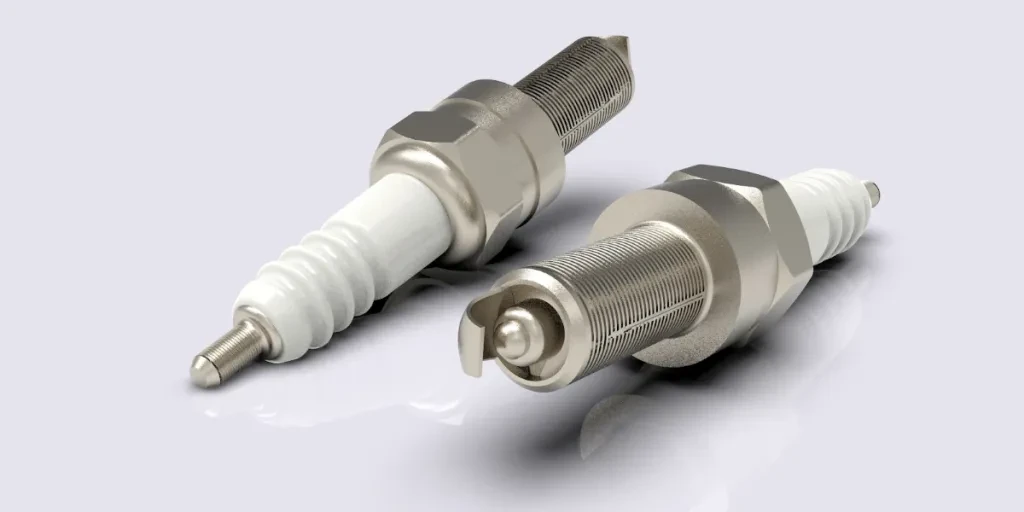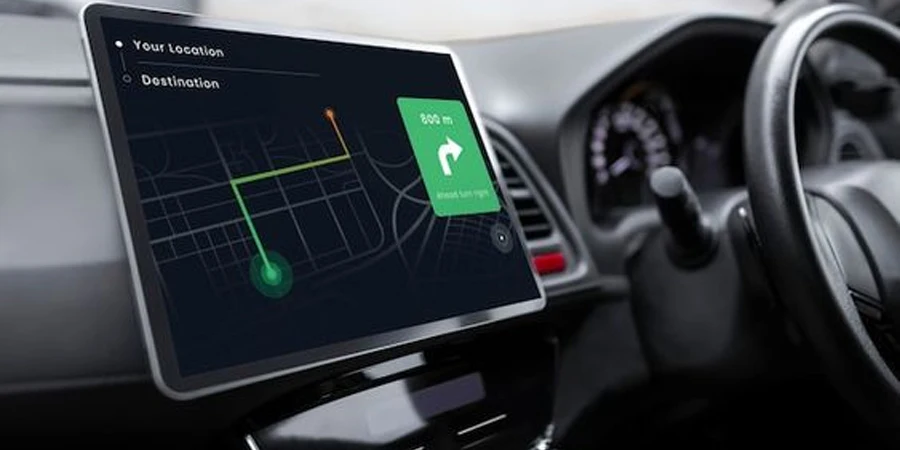Many drivers underestimate the significance of proper tire pressure on the safe and proper performance of vehicles. Novice drivers, not only seasoned motorists, must understand that tire pressure adjustment is an important skill that enhances their driving experience and the service life of tires.
Maintaining the proper tire pressure has various benefits, including optimal maneuverability and handling, as well as allowing for accurate vehicle response to steering inputs. Appropriately inflated tires improve fuel efficiency, which reduces pump costs and carbon footprint. Drivers must first check the manufacturer’s manual provided with the vihicle to know the appropriate tire pressure.
This article will guide car buyers, step-by-step, through the correct pressure adjustment procedure. It includes details about ideal pressure range and knowing the indicators of overinflation or underinflation, the factors that affect tire pressure, as well as the various types of pressure gauges available and how to use them. Essentially, understanding these factors and maintaining correct tire pressure can unlock a vehicle’s potential for performance and longevity.
Table of Contents
Factors affecting tire pressure
How to check and adjust tire pressure
Tips for adjusting tire pressure
Conclusion
Factors affecting tire pressure
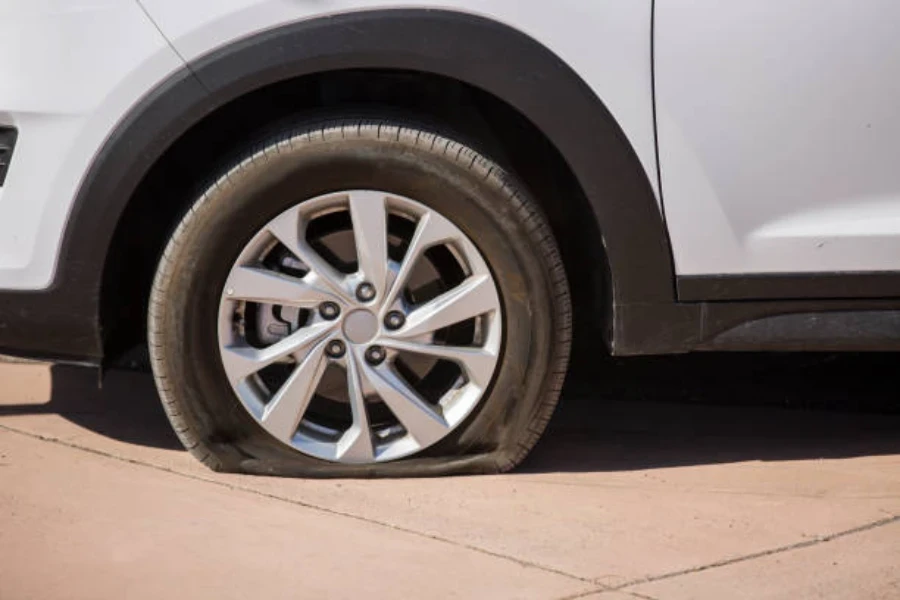
1. Load capacity
A vehicle’s load capacity directly affects tire pressure. The tires bear greater weight and compress more when a vehicle is carrying a heavy load. Accommodating this additional weight requires tire pressure to be adjusted accordingly. Various manufacturers’ guidelines offer different recommendations on pressure levels for handling different load capacities. Underinflating or overinflating the tires may cause uneven wear, compromised handling, and minimal traction. Car buyers must check the vehicle’s manual or load capacity charts to establish the correct tire pressure for specific load conditions.
2. Tire type
There are different pressure levels for various types of tires. For example, light truck vehicle tires require a different pressure compared to passenger vehicle tires. The tire pressure recommendation optimizes the tire’s performance features like stability, grip, and fuel efficiency. As such, vehicle buyers should stick to manufacturers’ recommended guidelines for the installed tire types, helping to eliminate the risk of tire damage or failure.
3. Temperature
Temperature has a significant impact on tire pressure. Generally, when temperature increases, the air inside the tire expands, which increases the tire’s pressure. In contrast, colder temperatures result in air contraction, thus decreasing tire pressure. When adjusting tire pressure, temperature fluctuations must be considered.
Tire pressures must be checked frequently, especially in extreme weather conditions like freezing winters or hot summers. Regular temperature-dependent monitoring and tire pressure adjustments help to maintain optimal pressure levels.
4. Driving condition
Driving conditions majorly affect optimal tire pressure. Drivers that frequently drive on rough terrain or uneven surfaces need slightly lower tire pressure so as to offer better traction and comfortable rides. On the other hand, driving on smooth surfaces at high speeds requires higher pressure to ensure stability and fuel efficiency.
Conditions like icy or wet surfaces require tire pressure changes for improved handling and grip. As such, vehicle buyers must understand how different driving conditions affect tire pressure to enhance safety and good performance.
How to check and adjust tire pressure
Step 1. Park the vehicle in a safe location
To check a vehicle’s tire pressure, it has to be parked in a safe and level location far from traffic. The parking brake should be engaged to avoid any accidental vehicle movements.
Step 2. Locate the tire pressure information
The manufacturers’ recommendations on tire pressure must be checked for the specific vehicle. Manuals or stickers are on the driver’s side door jamb, glove compartment, or inside the fuel filler flap. Usually, recommended tire pressure range falls between 30 and 35 PSI (pounds per square inch). Tire pressure can also be specified in kilopascals (kPa).
Step 3. Remove the valve cap
The valve cap is a small metallic or plastic cap that covers the valve stem on the tire. It is removed by unscrewing it counterclockwise. When removed, the cap should be kept in a safe place to avoid misplacement.
Step 4. Use a tire pressure gauge to measure the pressure
A tire pressure gauge is inserted into the valve stem and held firmly to ensure proper sealing as well as in a straight position to enhance accuracy of the measurement. Hold for a few seconds for the the pressure reading to display and stabilize on the gauge.
Step 5. Compare the measured pressure with the recommended pressure
Compare the reading on the tire pressure gauge to the manufacturer’s recommendation. If the reading is higher, the tire is overinflated, and if it is lower, it is underinflated.
Step 6: Compare the reading to the recommended tire pressure
If the tire pressure is too low, attach the air compressor to the valve stem and add air until you reach the recommended pressure. Conversely, if the tire pressure is too high, press the tire pressure gauge against the valve stem to release air until you reach the recommended pressure.
Step 7: Repeat for all tires
Repeat the above steps on each of the vehicle’s tires, including the spare wheel. Afterward, rescrew the valve caps back onto the valve stems.
Tips for adjusting tire pressure
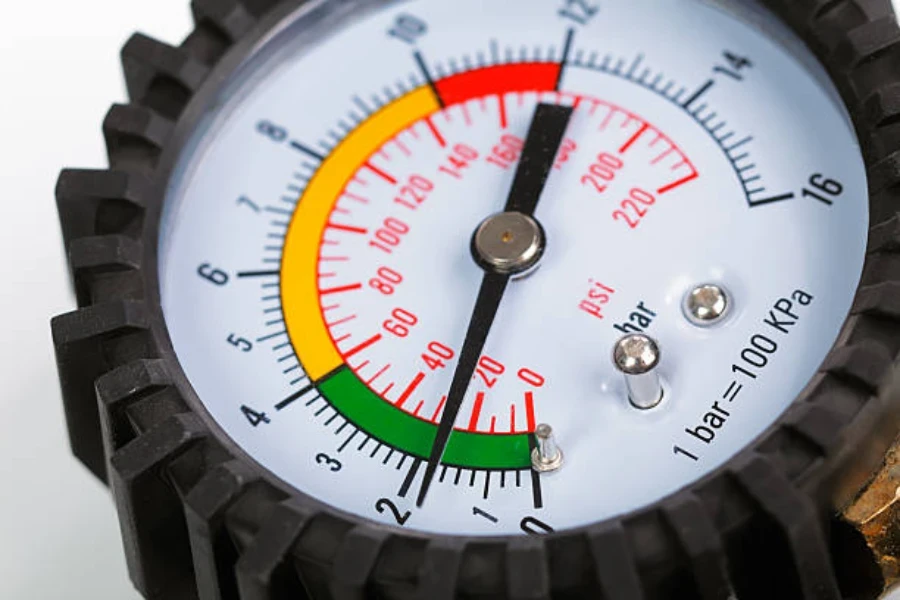
1. Be aware of temperature changes
Temperature fluctuations often alter the tire pressure levels. It is advisable to check tire pressure after extreme weather conditions, waiting until the conditions stabilize to attain more accurate pressure measurements. Tire pressure should then be adjusted based on the prevailing temperature conditions.
2. Avoid over or under-inflating the tires
Over or under-inflation harms tire performance, longevity, and safety. Over-inflated tires can suffer from reduced traction, resulting in harsher rides and increased chances of tire damage. Conversely, under-inflated tires decrease fuel efficiency, cause uneven tire wear, and can compromise handling. It is advisable to always refer to the manufacturer’s recommended pressure measurements to avoid falling below or over the optimal range.
3. Use a reliable tire pressure gauge
Vehicle buyers should invest in a reliable, accurate tire pressure gauge for precise readings. Tire pressure gauges include dial, pencil, and digital varieties and should be selected based on user preference. In addition, the gauge’s calibration should be regularly checked to ensure accuracy in readings. Unreliable gauges should be avoided as they can lead to incorrect tire pressure readings, resulting in improper adjustments.
4. Maintain consistent pressure across all tires
Maintaining consistent tire pressure across all tires is essential for vehicle safety and use. This ensures balanced handling, even wear, and stability. To achieve consistency, each tire’s readings should be adjusted regularly, helping to maintain uniformity and improve the driving experience.
Conclusion
The above guide outlines the critical steps and tips for inflating tires with the appropriate pressure, but adjusting tire pressure doesn’t end with understanding the recommended readings; you may also want to research air pumps and compressors. These tools help car owners adjust their vehicles’ tire pressure to the desired levels. Tire pressure must be checked at least once a month as fluctuations can occur due to natural leakage or changes in temperature. Thousands of quality tires and tools to help check and adjust tire pressure can be found on Alibaba.com.
